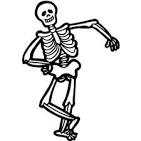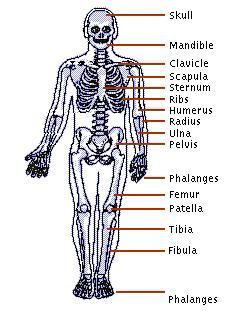The theory of loose parts was first put forward by Simon Nicholson in the 1970s, and states that the creative potential of an environment increased with the number and variety of flexible materials within it. Loose parts are defined as materials that can be moved, carried, combined, redesigned, lined up, and taken apart and put back together in multiple ways. Loose parts can be natural or synthetic and manufactured. They are materials with no specific set of directions that can be used alone or combined with other materials. Loose parts can include a variety of simple equipment pieces. Think balls, hoops, ropes, cones, parachutes, scarves, bean bags. You can enrich your existing play environment with the addition of mobile and low cost active play equipment.
We traditionally use simple equipment to play structured games with rules, but I want you to think about letting the children use these open-ended materials for unstructured play, creating and designing their own challenges and games. What if you put out some balls, hoops, scarves, bean bags…

The children may become curious about what the materials are and how to use them. They will then begin to explore the materials in different ways using their imaginations and strengthening their problem-solving skills. This leads to discovering that the materials can do many things. Discovery results in pleasure. Pleasure results in repetition. This process of curiosity, exploration, and discovery is the cycle of learning.
Now, I could give you an awesome list of what the children came up with, but I’m not going to do that. I want to suggest that you observe and acknowledge their creations, celebrating their discoveries and experiments. Perhaps the next day add another loose part (i.e., a rope). The ideas of loose parts you can use is only limited by your and the children’s imaginations.
Benefits of Loose Parts:
- Enables children to manipulate their environment, to experiment, and to interact with materials
- Helps children actively construct knowledge from their own experiences.
- Encourages interaction among children and cooperative play
- Increases risk-taking, conflict resolution, and communication
- Deepens critical thinking and problem solving
- Promotes divergent and creative thinking
- More symbolic and imaginative play
- Supports gross and fine motor skills
- Developmentally inclusive
Give children the time, space, and an ample variety of loose parts to discover and create with.
Loose parts are all about active play and learning!
Product Recommendations:
High-Bounce Play Balls Set of 6 (BOUNCE)
Excellerations Brawny Tough Rainbow Parachutes (P6)
Brawny Tough Activity Hoops (HOOPSET)
Rainbow Movement Scarf Classroom Pack (SCARFSET)
Excellerations Super Sensory Beanbags Set of 12 (COOLBEAN)
















 As a preschool teacher of twenty plus years, I conducted Circle Time twice daily. I’ve learned from experience what works and doesn’t work. The children have taught me well! As a child development college instructor, I taught music and movement curriculum classes. I am the co-author of the book, Circle Time Activities for Young Children and have also produced a DVD of Circle Time.
As a preschool teacher of twenty plus years, I conducted Circle Time twice daily. I’ve learned from experience what works and doesn’t work. The children have taught me well! As a child development college instructor, I taught music and movement curriculum classes. I am the co-author of the book, Circle Time Activities for Young Children and have also produced a DVD of Circle Time.

























